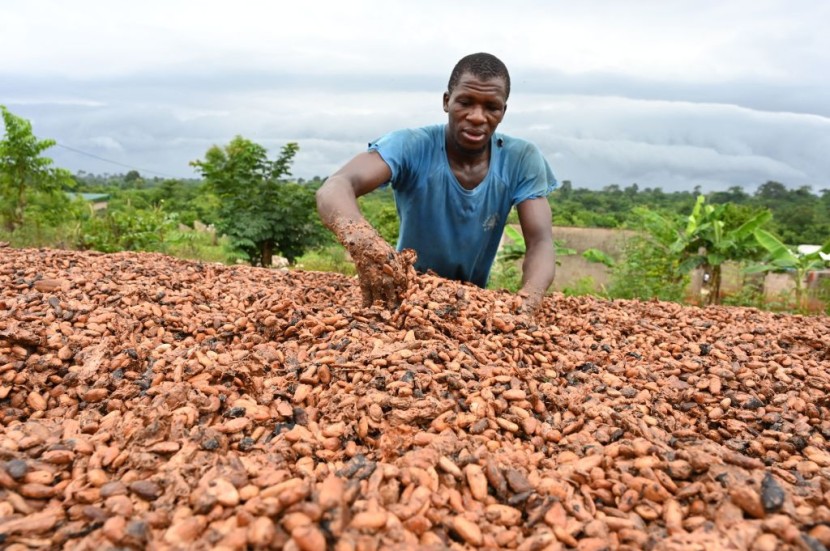
Schmidt Agricola is a significant agricultural firm based in Bahia, Brazil, which is one of the country's new frontier agricultural zones suitable for large-scale, high-tech farming. It has lately added cocoa to its crop mix.
Chocolate-making ingredient production is rising outside of the major growing region in West Africa, as farmers in Brazil, Ecuador, and Colombia see potential profit in the crop, according to Reuters.
Rising Prices of Cocoa
Prices have risen to their highest level in over 50 years, which may help to alleviate the present supply shortage in the global cocoa market. It also threatens the livelihoods of small farmers in Africa since newly planted orchards, such as those in South America, are more productive, lowering overall production costs.
As global environmental concerns grow, the fact that cocoa is a natural species of the Amazon basin makes planting it in South America a form of reforestation, but native forests in Africa are being demolished to make way for cocoa orchards.
Brazil, the world's largest exporter of soy, maize, coffee, and sugar, has seen cocoa plantations extend across degraded pastureland in the Amazon region, as well as vast farms in the highly developed grain belt.
The country was formerly second only to Ivory Coast in cocoa output, but a deadly fungus known as Witches' Broom devastated production in the 1980s. Crops are recovering nearly four decades later.
Read also: Burkina Faso Junta: Military Leaders Claim Security and Intelligence Services Foiled Coup Attempt
Cocoa Production Outside Africa
Brazil's government expects output to increase from roughly 200,000 tons to 300,000 metric tons by 2025 and 400,000 tons by 2030, transforming the country from a net importer to a regular exporter of the commodity.
According to forecasts from the International Cocoa Organization (ICCO) and Ecuador's exporting group Anecacao, annual production in Ecuador will increase to between 400,000 and 430,000 tons in 2022-2023 (October-September) from 287,000 tons five years ago.
Ecuador has surpassed Ghana, which produces over 750,000 tons, to become the world's third-largest grower. Ivory Coast is the leading producer, at 2.2 million tons.
Anecacao, which had a record attendance of over 70 customers from Asia, the United States, and Europe at a trade and exhibition convention in Guayaquil last July, predicts production might reach 800,000 tons by 2030.
The Amazonian state of Para in Brazil is experiencing a renaissance in cocoa production. Because recent EU legislation bans commodities imports from areas that have been deforested for crop planting, those new orchards in the Amazon region would have an advantage in the European market.
On the other hand, organizations such as the United Nations' International Fund for Agricultural Development (IFAD) work to protect the market share of small farmers, especially African cocoa producers.
Alvaro Lario, the head of IFAD, stated that smallholders must enhance productivity, distribution, and marketing. The agency organizes agricultural training to boost yield per hectare.
Related article: EU Deforestation Law Faces Scrutiny from Coffee, Candy Makers
© 2025 HNGN, All rights reserved. Do not reproduce without permission.








